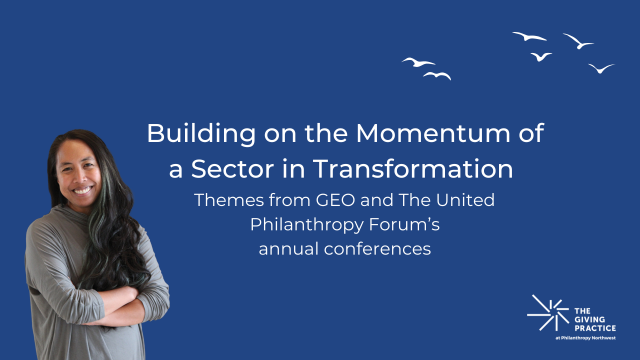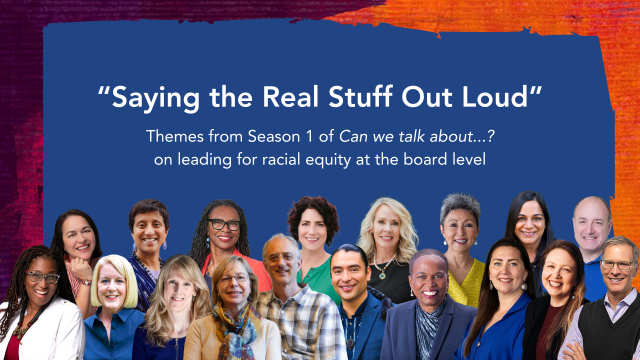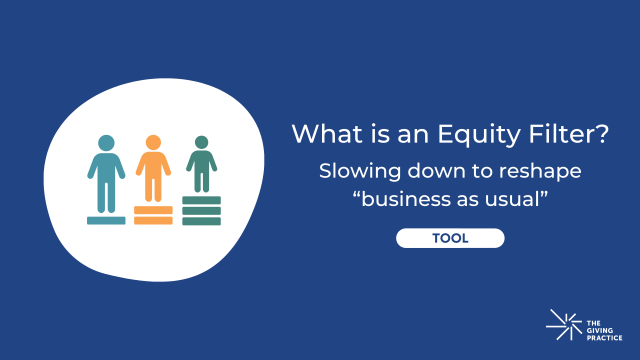
We are proud of the work we do at The Giving Practice to help foundation leaders create learning environments for organizational change initiatives. When advancing diversity, equity and inclusion (DEI), leaders have learned that change efforts can be complex in ways that other areas of their work may not be. While many areas of philanthropic practice lend themselves to analytical approaches, reckoning with DEI issues requires deeper and more personal work, summoning reflections on power, privilege and the historical injustices that have shaped our society.
Over the years, The Giving Practice has been leading cohorts of CEOs and trustees to support one another on these issues. We are documenting what we have observed and learned from these cohorts. For now, here are a few emerging reflections on ways to create learning environments that are ripe for DEI work in the long run.
1. Build trust from the beginning
Trust is the glue that holds this work together. Research has shown that trust-based environments are more productive and lead to more collaboration and connection. Without building trust, it can be hard to have honest, authentic conversations about topics like race, power, and privilege. One way is to start with personal storytelling. We do this to create empathy for the lived experience of others. We find that storytelling helps individuals break pre-conceived assumptions about their own colleagues. It deepens the conversation and allows for more shared connection and vulnerability. To continue to build trust with cohort participants over time, we incorporate different forms of storytelling and personal sharing into every meeting.
2. Create a clear case for the “why” of the work
Groups can dive into the work of shifting practices to advance DEI, only to find themselves down the road with varying levels of alignment and clarity. The moral and ethical case might be clear, but it helps to shape a business case that can connect DEI with the fundamental purpose of your organization’s work. For some, the connection may be obvious, but it might not be clear to everyone. Establishing the “why” of DEI includes taking time for reading, training, and working together to create a shared analysis about why inequities exist in our society and philanthropy’s role in addressing them.
3. Get comfortable with discomfort
In most groups we’ve worked with, there are moments when something is said or done that creates discomfort in the group. The key is not to ignore the tension but to hold it as a group. It is important to address any comments that might feel disrespectful by asking the group to interpret how they are feeling or how something may have landed. An uncomfortable discussion is often one where change is taking place. We often remind groups about the idea of “liminal space” – how the space between what is old and what is yet to come can feel uncomfortable but is often the threshold to transformation.
4. Stay in learning mode
We often hear foundation leaders say, “the more work I do in this area, the less I feel I know.” This work is never done and requires the orientation of a constant learner – regardless of your race, background and lived experience. We have seen veterans of DEI work who found themselves learning new insights from colleagues that were earlier in their journey. Maintaining a spirit of curiosity and openness will go a long way towards creating the right environment for change.



